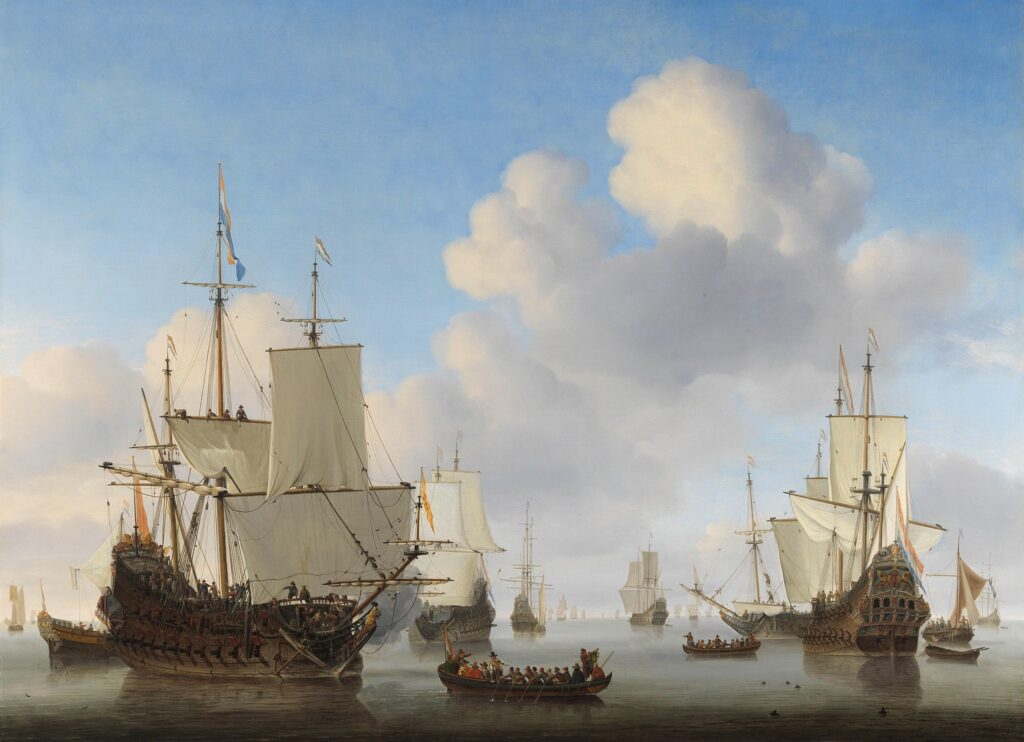“I believe humans get a lot done, not because we’re smart, but because we have thumbs so we can make coffee.“
Flash Rosenberg
Though the origins of coffee can be traced back to the early 10th century in the plains of Ethiopia and the deserts of Yemen, the history of coffee did not begin until 1536.
Soon after the Ottoman invasion and occupation of Yemen in 1536, coffee made its way to the heart of the Ottoman empire, to Constantinople, known as Istanbul today. Sultan Suleiman the Magnificent—the esteemed ruler of the Ottoman Empire—found the drink so delectable that he employed 40 coffee masters, who roamed the halls of the Topkapi Palace.
Soon coffee became immensely popular across the Ottoman Empire, as men would congregate at coffeehouses to socialize, educate one another, and exchange information. Since talking about global issues were frowned upon within the mosques, Turkish men would meet at coffeehouses in order to discuss various topics, such as protests and rumors of war.
Though the men of the Ottoman Empire would regularly meet at coffeehouses, women were strictly forbidden to. The women who did frequently drink coffee, however, were those of the Sultan’s harem; after drinking their coffee, a coffee reader would interpret the remaining coffee grounds and inform the women which one was pleasing the Sultan the most, and who was the Sultan’s favorite.
This tradition of reading coffee grounds out of Turkish women’s cup continues to this day, though now it is used to predict other facets of life, rather than those pertaining to the pleasure of the Sultan.
The Ottoman Empire was absolutely in love with coffee, and as such took great lengths in protecting the coffee plant. The Ottomans would not allow any coffee beans to leave the nation unless they had first been steeped in boiling water or partially roasted, which would prevent the growth of the plant from the accompanying coffee bean.
This tactic to monopolize the beloved coffee plant worked for many years, but humanity will always find a way and the history of coffee would once again, evolve once the delectable coffee plant was smuggled—yes, smuggled—out of the empire.
The Smuggled Plant
The first known occurrence of smuggling coffee was by a Muslim pilgrim by the name Baba Budan who in the early 1600s, taped six coffee beans to his stomach and smuggled them to India to grow.
The second instance of coffee being smuggled out of the Ottoman Empire was by the Dutch in 1616, who transported a coffee plant from Aden to Holland, though rather than spreading this newfound gift across Europe, the delectable coffee plant made its way to Asia.
The Dutch brought the coffee plant with them to their colonies in the East Indies, particularly to the Indonesian island of Java. Here, the Dutch used the enslaved native population to cultivate and grow coffee plants—marking the first of many unfortunate times, in which the history of coffee would be closely tied with the history of slavery. Soon this particular strain of coffee was sought after across the world, though its rise in Europe was still a few years away.
Coffee began to take root across Europe in the cities of England, France, and Italy. Much like in the Arab world, the popularity of coffee initially began as a medicinal treatment, though by the 1650s, its social aspects were to be discovered by the Europeans. Coffee had become so readily available, that vendors sold the drink on the Italian streets.
It was in 1689 when the first coffeehouse in Paris, the Cafe de Procope, would be opened. Coffeehouses soon became a staple of French lifestyle, as men would gather to take part in deep conversations regarding literature and philosophy.
The History of Coffee in Europe

In 1683, as part of an ongoing conflict between the Ottoman Empire and the Polish-Lithuanian commonwealth, the Ottomans began a siege upon the Austrian capital of Vienna. It was after this enormous battle in which the Commonwealth was able to stave off an Ottoman invasion, that a Polish nobleman by the name of Franciszek Jerzy Kulczycki discovered ample amounts of fresh coffee beans left from the Ottoman retreat.
He brought these beans back with him and founded the first coffeehouse in Vienna, naming it, “The Blue Bottle Coffee House”. Much like the Ottomans and Arabs, the Austrians drank their coffee with milk and sugar.
In 1650, the first English coffeehouse was opened by a Lebanese Jew by the name of Jacobs, a few years later the first one in London would be opened by a Greek orthodox named Pasqua Rosee. By 1708, there were coffeehouses all across the country, with some reports claiming that there were 2000 coffeehouses in the city of London alone.
Just like the Arabs, French, and all those previously blessed by this drink, the English convened in the coffeehouses in order to engage in the political and philosophical questions of the time. And just like the Arab rulers, the English King soon began to crack down on coffeehouses.
At the request of the women of England who were tired of their husbands getting drunk at the tavern, then promptly spent the rest of the day at the coffeehouse sobering up, before getting drunk, once again.
Though the men of England tried to defend their delicious drink, the monarchy wasn’t having any of it and on December 29th, 1676 King Charles II sent out a proclamation banning coffeehouses. But only ten days later, after an outcry from the people of London and England, the ban was lifted.
Much like other aspects of their life, the English colonials soon developed an affinity for coffee, but it would take a revolution for coffee to become a staple in the New World.
Join us next week as we cross the Atlantic and explore the history of coffee in the Americas, one marred by the scars of slavery, but one that also played a vital part in shaping the history of the Americas, and with it the history of coffee itself.




[…] since coffee was introduced to Turkey in the sixteenth century, it made such an impact on the culture that it became an integral part of not just various […]
[…] those in the thirteen colonies considered themselves to be loyal British subjects, and as such, emulated Britain’s thirst for coffee by partaking in the drink regularly themselves. This led to the first American coffeehouse being […]
[…] A History of Coffee: The Old World Obsession […]
[…] A History of Coffee: The Old World Obsession […]